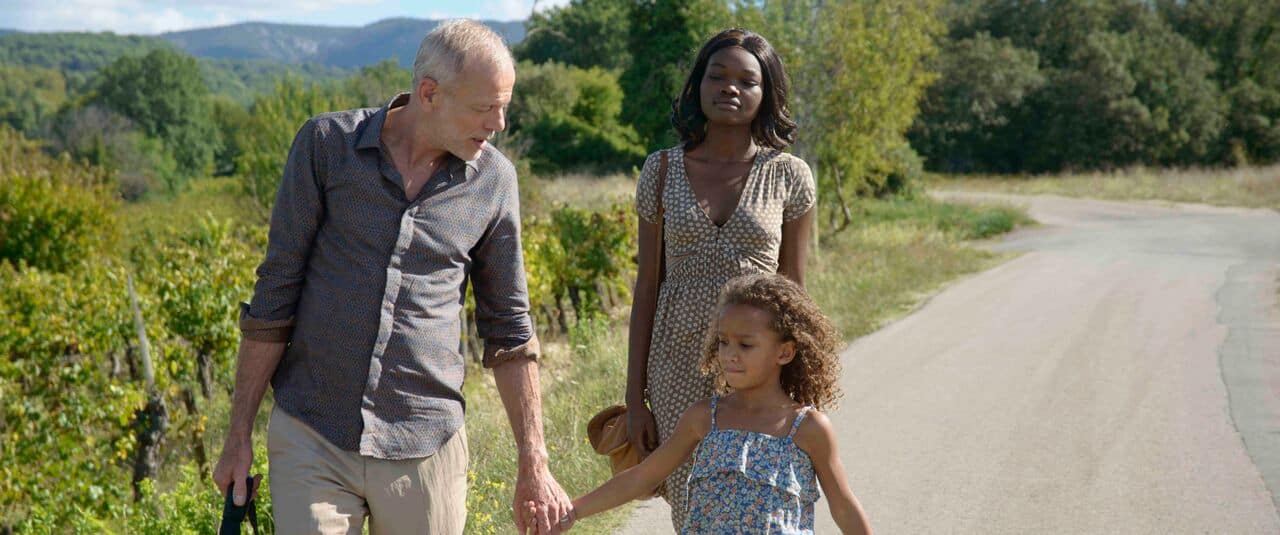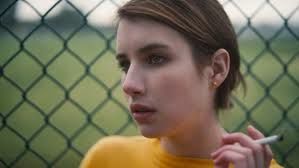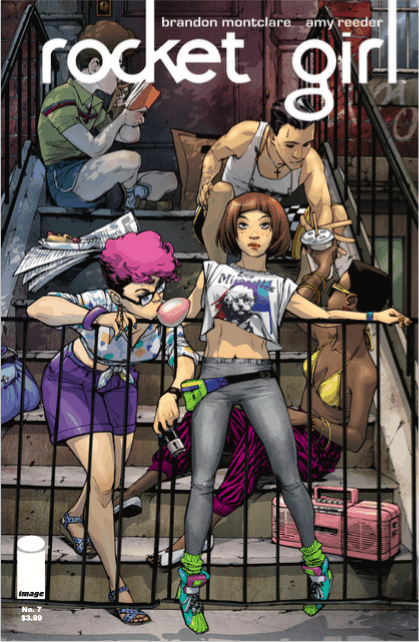 My Friend Victoria
My Friend Victoria
Directed and written by Jean-Paul Civeyrac
France, 2015
Civeyrac’s adaptation of Doris Lessing’s short story Victoria and the Staveneys has a soft charm to its story but finds itself hampered by its comparison to the source material. Set in Paris, rather than its original London setting, My Friend Victoria chronicles the life of its eponymous protagonist, Victoria (Guslagie Malanga) and her struggles with boys, children, jobs, etc, in a realistic, albeit distanced, manner. Narrated by Victoria’s friend Fanny (Keemyah Omolongo), who is a surrogate sister after her mother adopts Victoria, as an already written book, the story unfolds in chapters of life. At first, these chapters are devoted to Victoria’s love interests, and then to her first child, Marie. Loosely centred around her relationship with the Staveneys, a white family at whose house Victoria spends the night once during grade school, the film purports to discuss racial/social politics, but instead is relegated to a mildly interesting character study.
Victoria casually dates Thomas Staveney (Pierre Andrau), and gets pregnant. Wanting to keep the baby, but hesitant about involving Thomas, whose maturity is suspect, she raises Marie by herself, but the real drama unfolds 7 years later, when she decides to tell him and his family. Their offensive reactions are by turns excited (“I’ve always wanted a black grandchild, mixed race is good too”) and hostile (“She could be lying. Do a paternity test”), but ultimately they embrace Marie wholeheartedly. It is slowly unsettling how the two families interact, not out of discord, but a hesitant devotion to courtesy and manners, and then, a too enthusiastic dive into unfettered affection.
Visually playing to the strengths of its digital cinematography; crisp and clear, shot almost exclusively in natural light, and effortlessly shifting from wide shots of streets to intimate close ups of conversations, My Friend Victoria has a quiet beauty. It may not innovate technologically, or stand out with breathtaking images, but it evokes its minimalist realism with a clear and sure hand behind the camera. Yet the film wears its literary influence on its sleeve, using a near constant voice over narration and following along familiar character arcs and styles. Its roots are in words, rather than sights and sounds. Rarely does the camera tell the story without the voiceover reaffirming it, or a character’s face betray an emotion with the audience being told what it is they are feeling.
Unfortunately, My Friend Victoria also lacks teeth. A minor French film that is more sentimental than many others which approach the same subject matter. A light tug on the heart strings, with both more and less substance than it seems to have on the surface. It’s soft, jazzy soundtrack serves as its backbone, but also lets the audience know every change in mood, signalling itself far too frequently. While prescient in a few comments on race (such as an ironic assertion that “In the USA, blacks have power”), and appropriation (the complex gamut of emotions Victoria experiences when allowing the Staveneys to care for Marie is at the core of the film), it fails to say anything substantial about either. It raises interesting questions, such as: what is family? Is it blood relations, community, is it defined along class lines? But the film merely piques these questions, leaving them not only unanswered but unexplored. A disappointingly simple drama, My Friend Victoria is a fine little film, but suffers from a blandness that sullies whatever interest it manages to spark. Doing little more than providing a pleasant diversion for an hour and a half, and perhaps serving as a springboard for white liberals who feel guiltily associated with the Staveney family to pat themselves on the back for having seen and appreciated it, it is a wholly unnecessary film, adding nothing that Doris Lessing didn’t say or do better in her original story.






